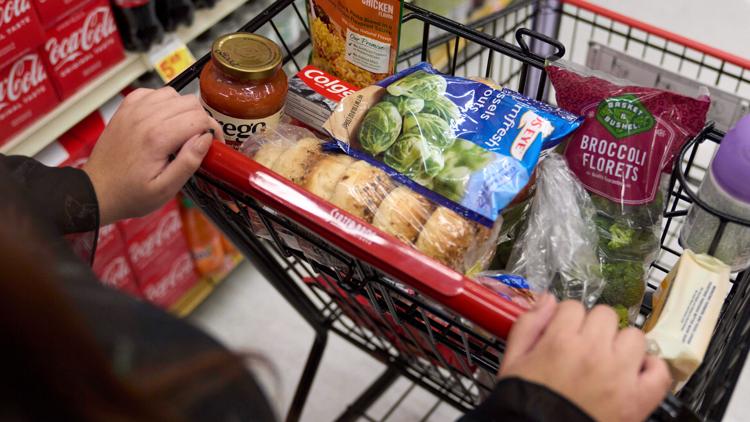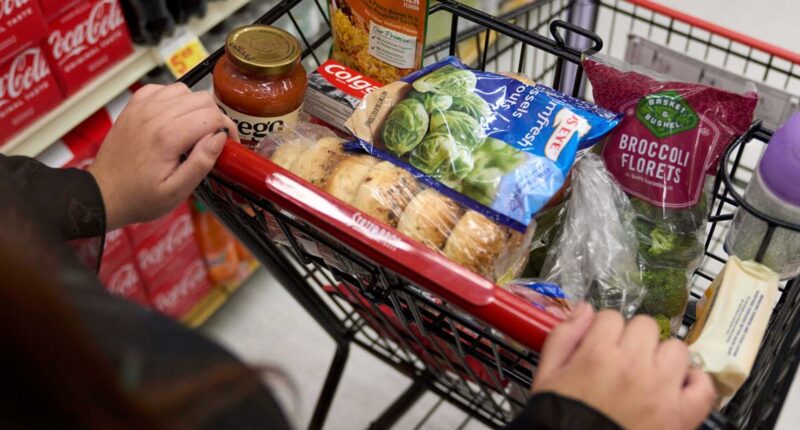Share this @internewscast.com

The U.S. Department of Agriculture has updated the SNAP benefits for this month, reflecting changes due to the current government shutdown.
WASHINGTON — The USDA has released fresh guidance on the Supplemental Nutrition Assistance Program (SNAP) benefits anticipated for November.
Initially, SNAP benefits were slashed to 50% of their usual distribution because of the prolonged federal government shutdown, which is now the longest in history. However, a recent memo to states has adjusted this figure, increasing benefits to 65%.
“The Food and Nutrition Service (FNS) is amending its November 4 directive. Instead of a 50% reduction, the maximum allotments are now reduced by 35%, meaning November 2025 allotments will be 65% of the standard maximum,” the memo stated.
“We value our collaboration with the States administering SNAP and will continue to provide updates,” it added.
To fund the reduced benefits, the Trump administration informed a federal court that it would utilize the $4.65 billion contingency fund.
The rollout may face delays, leaving many families unsure about when they will see funds.
When will SNAP benefits start going out again?
Families in some states may not see their November benefits for some time.
The USDA told a federal court it will issue guidance to states on the partial payments.
States had already stopped processing November benefits after the USDA sent an Oct. 10 letter instructing them not to issue payments during the shutdown. States typically send enrollee data to vendors days or weeks before the start of each new month so funds can be loaded onto EBT cards. That process now has to be restarted and adjusted for the reduced amounts.
Processing time “will take anywhere from a few weeks to up to several months,” USDA official Patrick Penn said.
Why are full SNAP payments not going out?
Federal judges ruled that USDA’s decision to halt SNAP payments during the shutdown was likely unlawful and that the agency must use its contingency fund to keep benefits going at least partially.
While the contingency fund is worth $4.65 billion, a normal month of SNAP benefits costs over $8 billion, so the fund is not large enough to cover full payments.
But the administration told the courts it decided not to pull about $4 billion from other sources to make full November payments.
Officials said they did not want to tap a separate pot of leftover tariff revenue that funds child nutrition programs, such as school meals, arguing that shifting billions to SNAP for one month would lead to “an unprecedented and significant shortfall.”
In the filing, USDA officials also warned that the depletion of the contingency fund would mean “no funds will remain for new SNAP applicants certified in November, disaster assistance, or as a cushion against the potential catastrophic consequences of shutting down SNAP entirely.”
Katrina Morgan contributed to this report.















